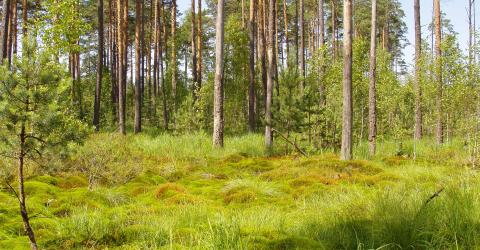
Wetlands of International Importance
A key commitment of the Convention on Wetlands' Contracting Parties is to identify and place suitable wetlands onto the List of Wetlands of International Importance, also known as the Ramsar List.
The Convention has several mechanisms to help Contracting Parties designate their most significant wetlands as Ramsar Sites, and to take the steps necessary to manage them effectively, maintaining their ecological character.
Ramsar Sites are designated because they meet the Criteria for identifying Wetlands of International Importance. The first criterion refers to Sites containing representative, rare or unique wetland types, and the other eight cover Sites of international importance for conserving biological diversity. These criteria emphasize the importance the Convention places on sustaining biodiversity.
The Contracting Parties confirmed in 2005 that their vision for the Ramsar List is “to develop and maintain an international network of wetlands which are important for the conservation of global biological diversity and for sustaining human life through the maintenance of their ecosystem components, processes and benefits/services”.
Today, the Ramsar List is the world’s largest network of protected areas. There are over 2,400 Ramsar Sites on the territories of 172 Convention Contracting Parties across the world, covering more than 2.5 million square kilometres.